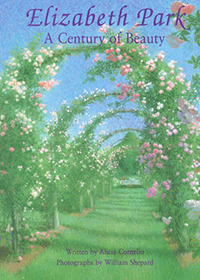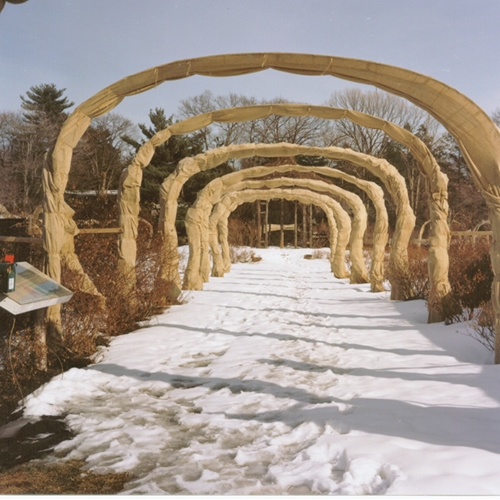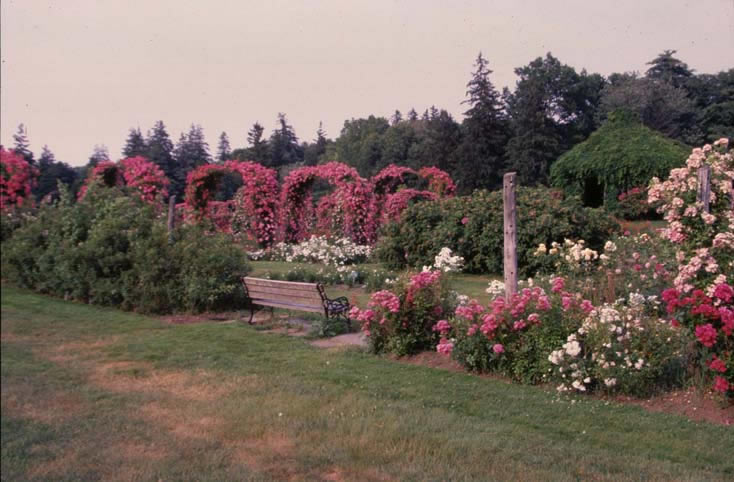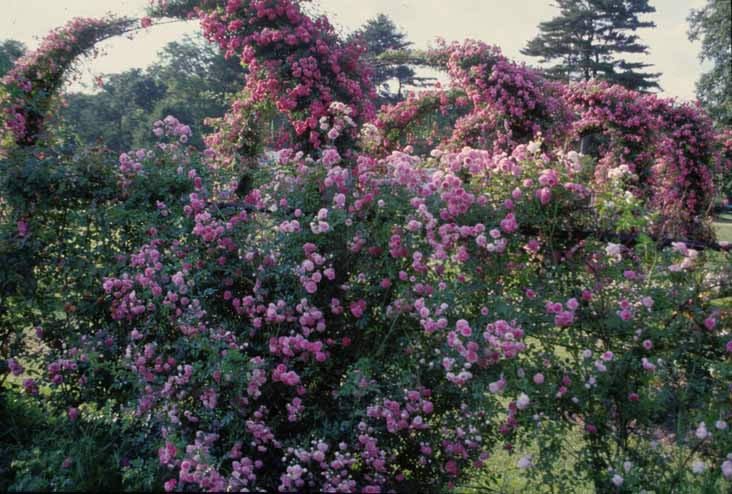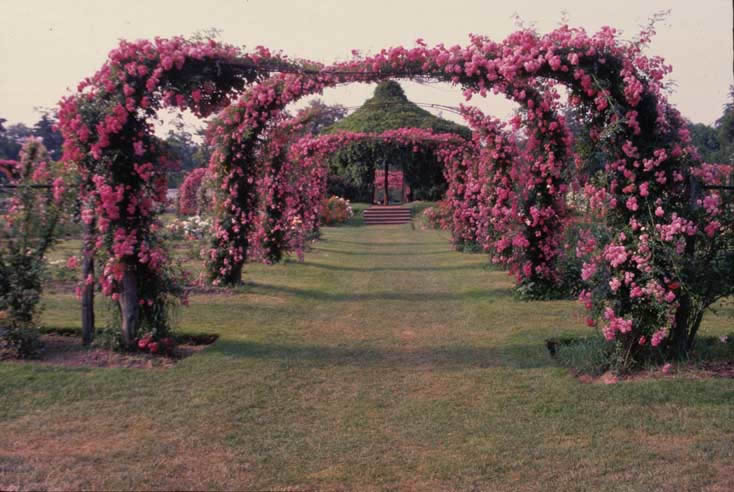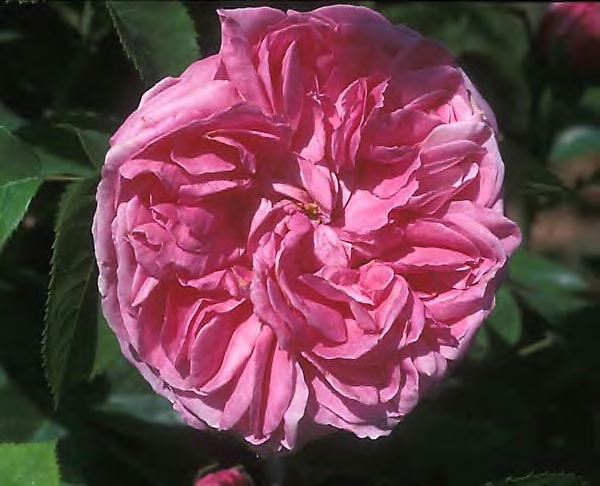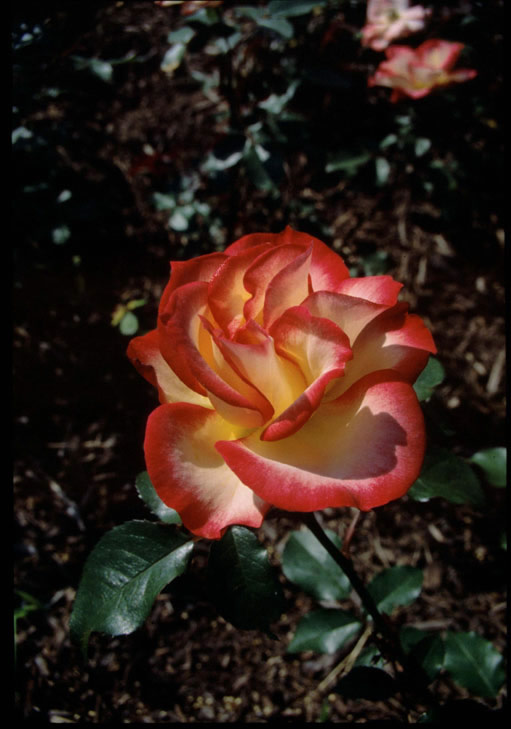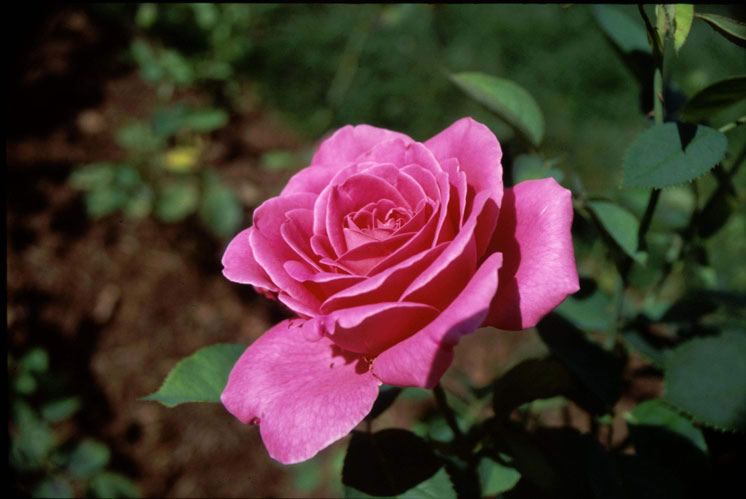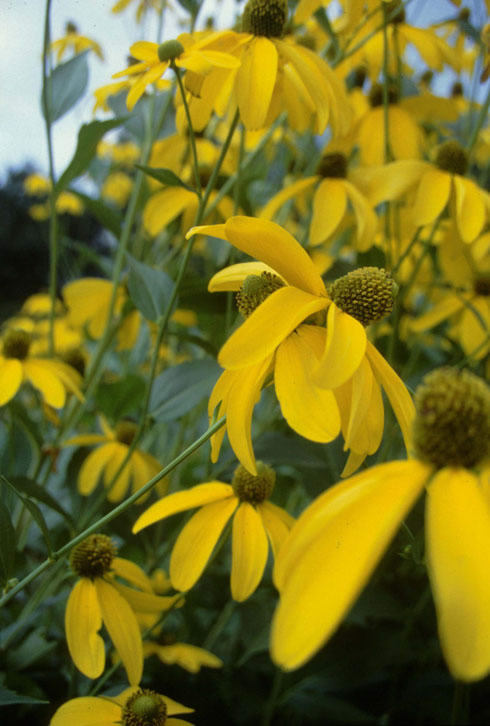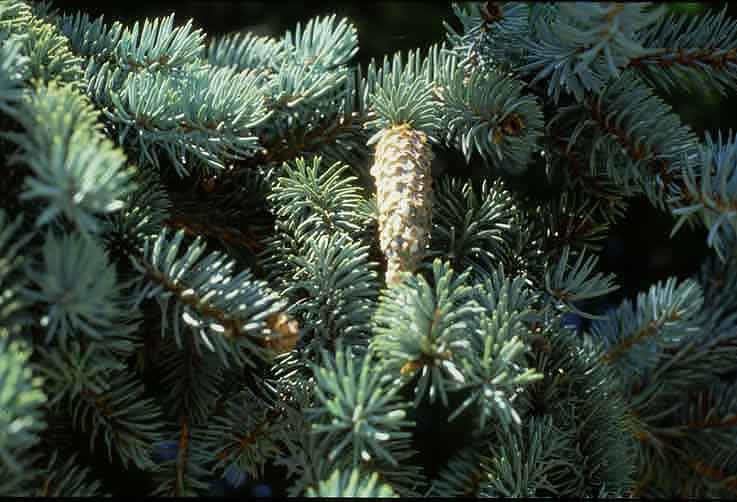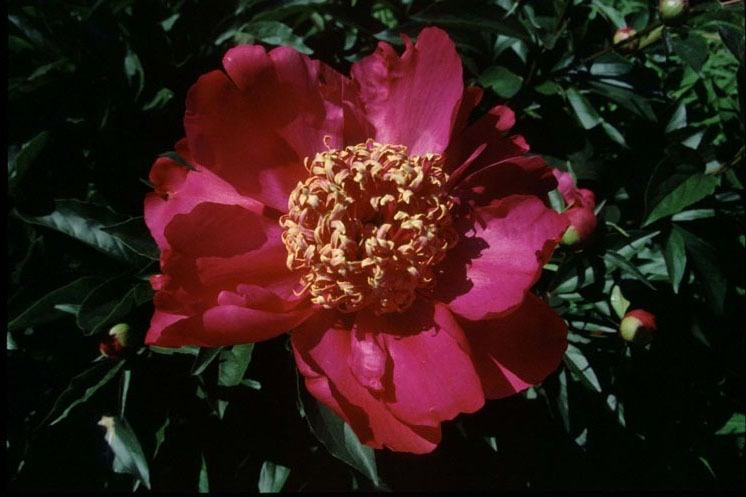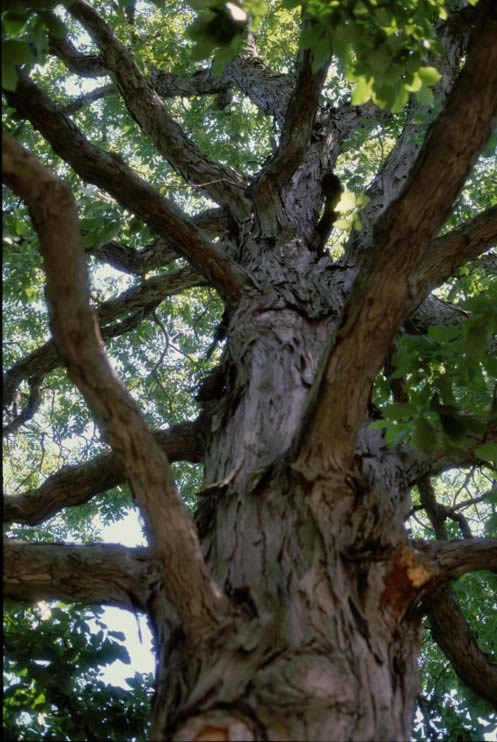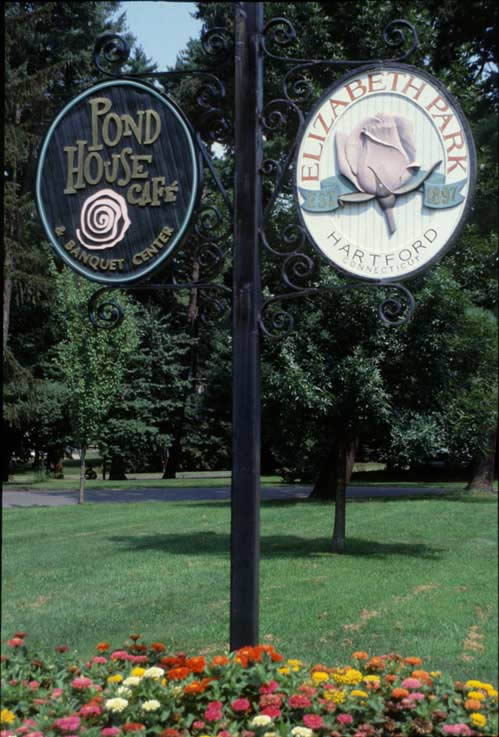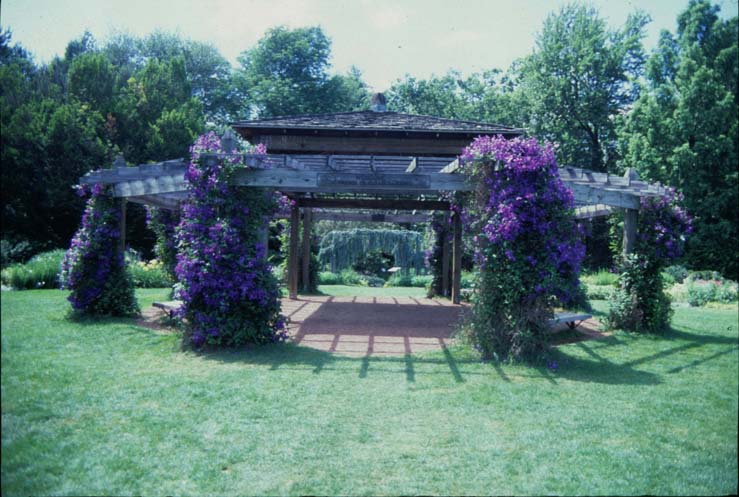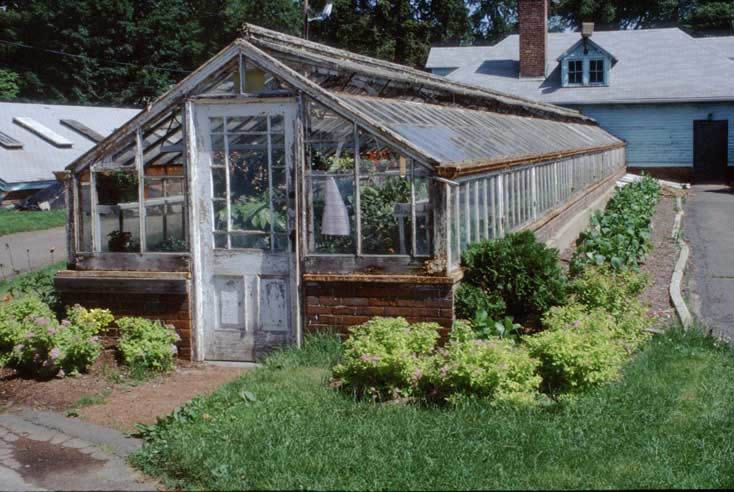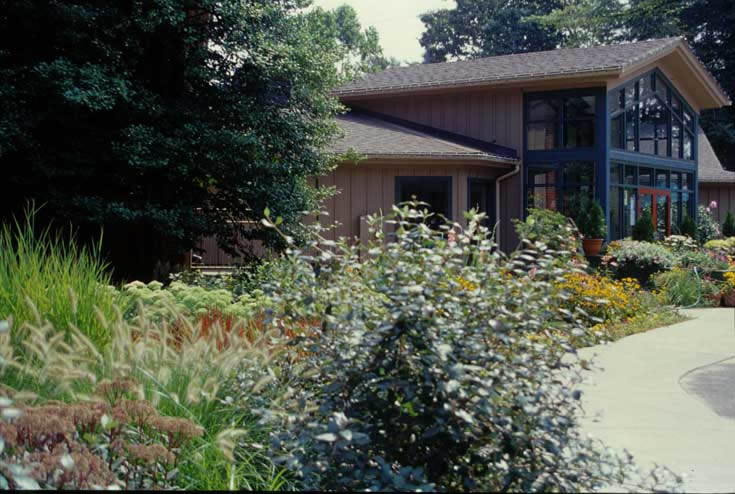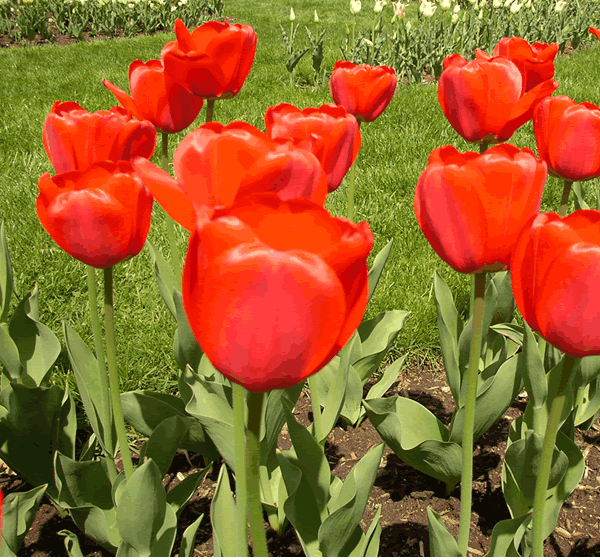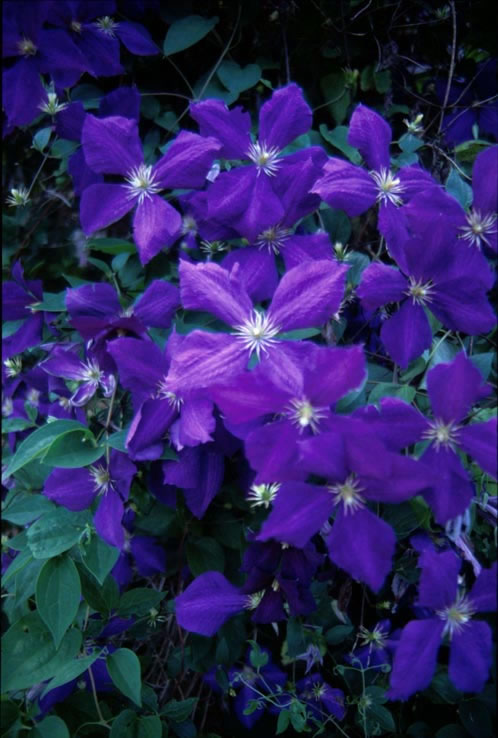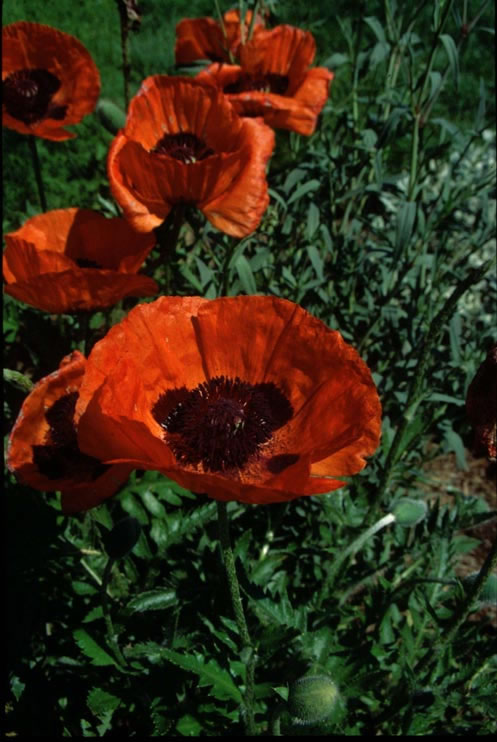Gallery of Pictures and Interesting Facts
Click on the pictures for a larger image.
Elizabeth Park's famous rose arches were designed by noted rosarian Theodore Wirth in 1904. All the rose arches are 100 years old. Pictured are the rose arches in their winter protection. Wirth created a rose garden with a decidedly Continental feel. The development and maintenance of a rose garden using public funds was a mid 19th century European idea. The multi-variety rose garden was the inspiration of Josephine of France. She had 250 rose varieties in her rose garden in 1799 including varieties from Japan and China. French soldiers returned from war campaigns with rose specimens for the Empress. The Elizabeth Park Rose garden with its arched pathways was created before the famous 1912 Roseraie in the Parc de Bagatelle in Paris, France. The eight arched pathways emanating from a center like the spokes of a wheel resembles the Botanical Garden in Padua, Italy created in 1545. Wirth’s original design for the rose arches remains today. One variety of rose is used in each walkway to create a unified look. Red Crimson Rambler and Excelsa are used for the crosswalks and White Dorothy and pink Dorothy Perkins are used for the diagonal walks.
Elizabeth Park has been testing roses since 1912. Its first affiliation was with the American Rose Society who requested that a test rose garden be added to its original rose garden design by Theodore Wirth. Elizabeth Park became the first rose test garden site in the United States. In 1936, another rose test garden was added to the Elizabeth Rose Gardens at the request of the American Rose Society. Their convention was held in Hartford in 1937. The All-American Rose Selections was created in 1938 to continue the rose testing program in the United States. The American Rose Society became an organization for the promotion of home rose gardening.
Charles M. Pond was a lover of trees and flowers and had many unique species on his estate. It was this special interest that set Elizabeth Park apart from the other Hartford parks in the design phase. Rather than create a pastoral park in the manner of other parks designed during the American Park Movement, it was decided to create a garden park for the enjoyment of the masses. Visitors can walk a historic tree route in the park and view the interesting specimens.
The historic greenhouses are original to the creation of the park. They were designed by Lord & Burnham and were restored for the Centennial celebration. The greenhouses are open to the public. Visitors can view current cultivations and purchase flowers during public sales. The Pavilion is the newest structure in Elizabeth Park.
Every spring, thousands of visitors flock to the annual garden to view the tulips. 11,000 tulip bulbs are purchased anew every year. After blooming, the tulip bulbs are sold to the public. The beds are then planted with annual flowers started in the greenhouses weeks before.
